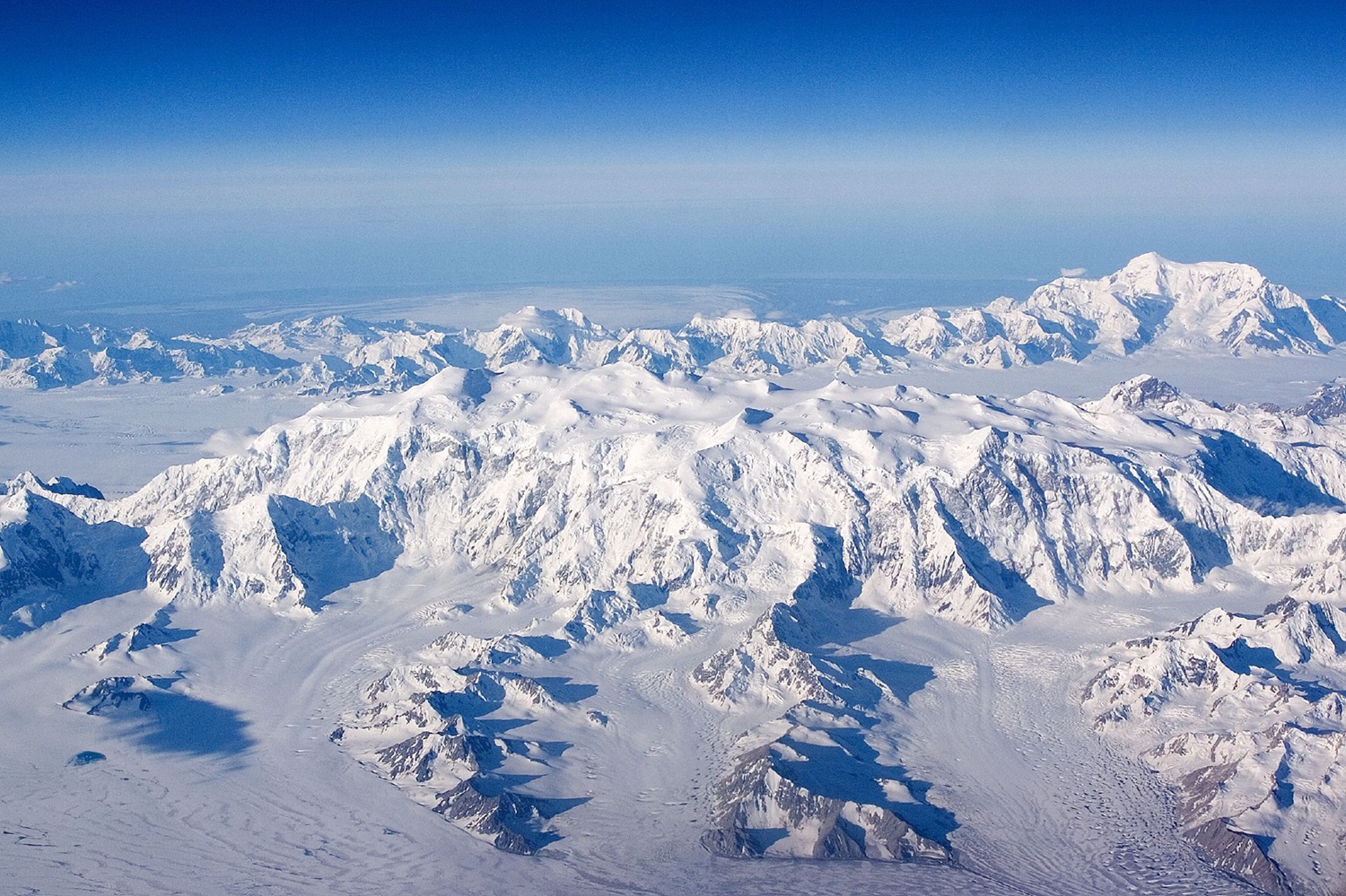The Canadian Shield is a huge rock formation. The rock, or crust, is also known as the North American Craton. The Craton stretches from Greenland to Mexico. The Canadian Shield makes up about 50 per cent of Canada. The Canadian Shield stretches from Labrador to the Arctic. It covers parts of Saskatchewan and Alberta. It covers much of Quebec, Ontario, Manitoba and the Northwest Territories. It is 5 million km2. The shield contains many natural resources, including many minerals. Not many people live directly on the Canadian Shield. It is too rocky and the land is not good for farming.
This article is a plain-language summary of the Canadian Shield. If you are interested in reading about this topic more in depth, please see our full-length entry, Canadian Shield.

How Was the Canadian Shield Formed?
It took 3 billion years for the Canadian Shield to be formed. Its formation was the result of several forces. Different parts of the Earth continued to collide together. This is called plate tectonics. At the same time the earth eroded. Then the earth was transformed by huge glaciers during different Ice Ages. At one time, the Canadian Shield was a huge mountain range. Geologists, the people who study the earth, have called this the Grenville Mountain Range. These mountains were as tall as the Himalaya Mountains are today. The mountains of the Canadian Shield were eroded. Erosion happens when wind and rain wear down rocks, land, and earth. The Canadian Shield continues to be changed by environmental forces every day.
Physical Features and Resources
Erosion and glaciers have made much of the Canadian Shield smooth. The Canadian Shield is not all the same though. Geologists have divided it into seven different regions or provinces. The names of these provinces are: Nain, Grenville, Southern, Superior, Churchill, Slave and Bear. Nickel and copper are found in the Southern Province, especially in the Sudbury, Ontario area. The Superior Province (much of it being in Quebec and Northern Ontario) has copper, gold, iron, and silver. The Bear Province, in the Northwest Territories and Nunavut, has copper and uranium. The other provinces, except for the Nain Province, have many minerals as well.
Much of the Canadian Shield is covered by a forest. There are many types of trees in this forest, including white and black spruce; red, white and eastern pine; mountain maple; and black ash. In the northern part of the Canadian Shield there are few trees. It is very difficult, if not impossible, for trees to grow in very cold climates. The northern part of the Canadian Shield is called the Arctic tundra ecozone. Here the land is covered by permafrost. This means that the land is frozen.
Wildlife
Many different types of animals live on the Canadian Shield. Some animals that live there are wolves, lynx, moose, black bears, beavers and caribou. The bird population includes Canada geese, American black ducks, blue jays, great horned owls and white-throated sparrows. Trout, burbot and northern pike are some fish that can be found in the lakes and rivers of the Canadian Shield.
Human Population on the Canadian Shield
Indigenous peoples have lived on the Canadian Shield for thousands of years. Innu traditional territory includes what is now Quebec and Labrador. The traditional territory of the Cree, Anishinaabeg and Métis includes the regions of Quebec, Ontario, Manitoba, Saskatchewan and Alberta. Dene and Inuit traditional territory includes the more northern regions of the Canadian Shield. Most European settlers did not attempt to live on the Shield because of its barren soil. The Euro-Canadian population on the Canadian Shield has remained small. Canadian industries, however, have retained a great interest in the region. It is a mineral-rich area. ( See also Human Settlement in Canada; Human Geography and Canada.)

 Share on Facebook
Share on Facebook Share on X
Share on X Share by Email
Share by Email Share on Google Classroom
Share on Google Classroom



